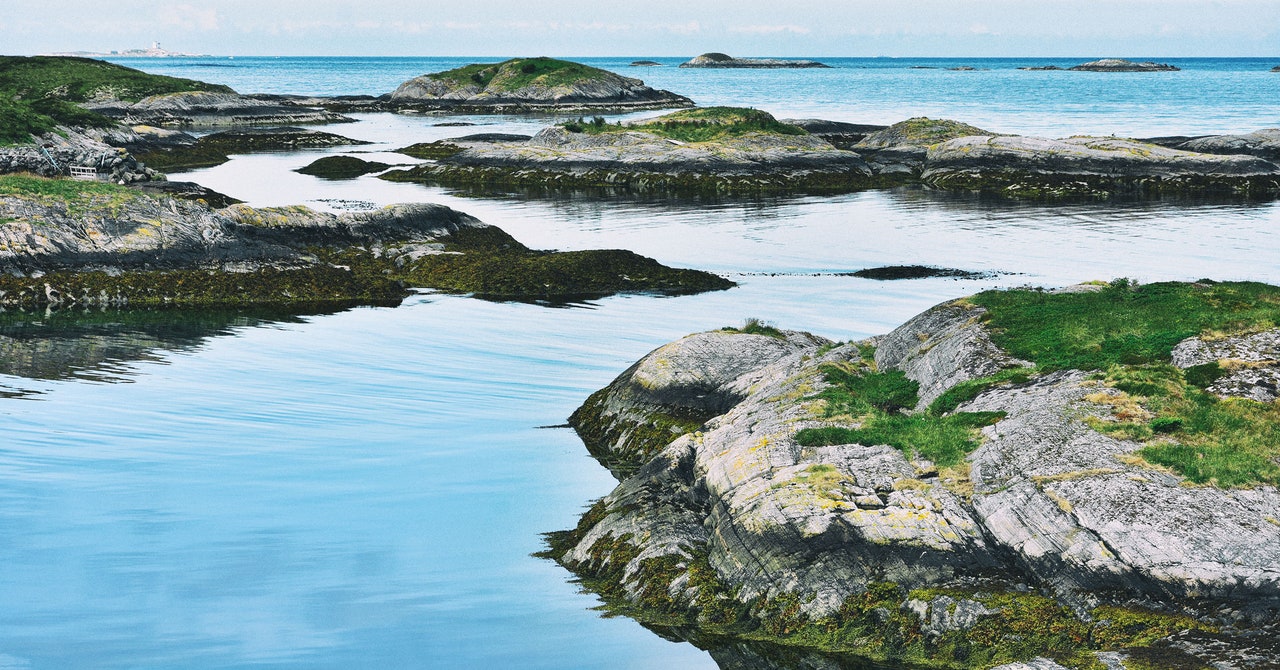
But deep-sea mining is considered a risky business not just because of environmental concerns. Norway’s startups are betting on an industry that doesn’t yet exist. “It could end up not becoming an industry at all because the resources are not there or the technology’s not good enough,” says Håkon Knudsen Toven, spokesperson for the industry group Offshore Norway. “I think that’s one of the main reasons why for now you only have some small startups.”
Loke might be focused on the Norwegian seabed’s manganese crust, but another Norwegian startup, Green Minerals, wants to try to extract copper from what’s known as seafloor massive sulfide (SMS) deposits, according to its CEO Ståle Monstad. The technology needed to transport these deposits from the seabed, roughly 3 kilometers underwater, to the surface is already being used in the oil and gas industry, Monstad claims, adding that he believes the company could start test-mining as early as 2028.
Once they receive a license, Norway’s deep-sea mining companies will be able to explore a wedge of Arctic seabed known as the Mohns Ridge, located between Norway and Greenland. However, companies will first have to spend years gathering data about the underwater environment before they can apply for permission to start mining. Activists and researchers would rather independent or government institutions gather this environmental data. Asking a mining company if there are environmental issues that would make their business unviable is problematic, says Kaja Lønne Fjærtoft, senior sustainable ocean adviser at WWF Norway. “[We need to] understand the impact before allowing commercial actors to go ahead.”
Industry argues that only private companies have the resources to carry out the expensive mapping and exploration necessary to understand the area, while Monstad objects to the idea that company-collected data would be biased. “We have no intention of hiding or doing anything unethical with the data,” he says, adding he is happy to accept NGOs onto Green Minerals’ boats as observers. “We are not going to do this if we are risking severe damage to the environment, that’s for sure.”
Yet the next generation of mining companies accept that even with careful operations the seabed will be disturbed in some way. A 2020 study from Japan suggested that underwater animal populations decreased after deep-sea mining tests took place nearby. But mining companies argue that extracting copper, for example, from the seabed could cause less damage to the environment than extracting it from land if deep-sea deposits offer a better rock-to-metals ratio.
“The data currently shows that the ore grade is potentially higher [in deep-sea mining], which is very important, because that means you can dig out less and get out more,” says Anette Broch M. Tvedt, CEO of Adepth Minerals, which is also planning to apply for a license to explore and hopefully extract copper and other minerals from Norway’s SMS deposits. “We will do better than the alternative—or there is no industry.”
The future of the new era of deep-sea mining hangs on what these startups find and whether they can convince Norway—and the wider world—that disrupting the seabed is necessary to source the minerals we need for modern life. Their impact on the international debate is exactly what people like WWF’s Lønne Fjærtoft are so worried about. “We have an expression in Norway, ‘Aldri for sent å snu,’ or ‘It’s never too late to turn around,’” she says. “This is a perfect example of a moment to turn around and just reassess, because we’re really steering the ship in the totally wrong direction.”






